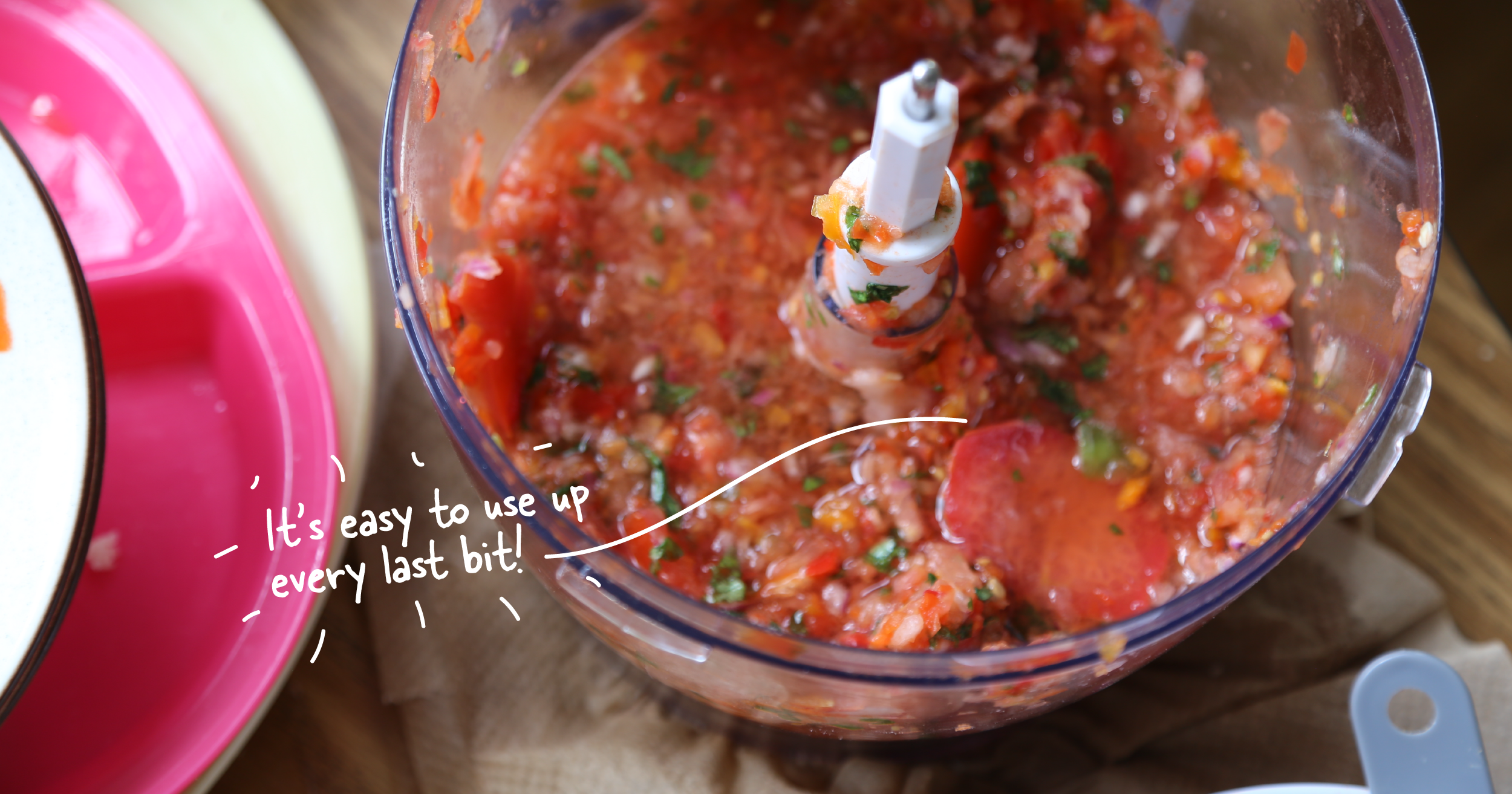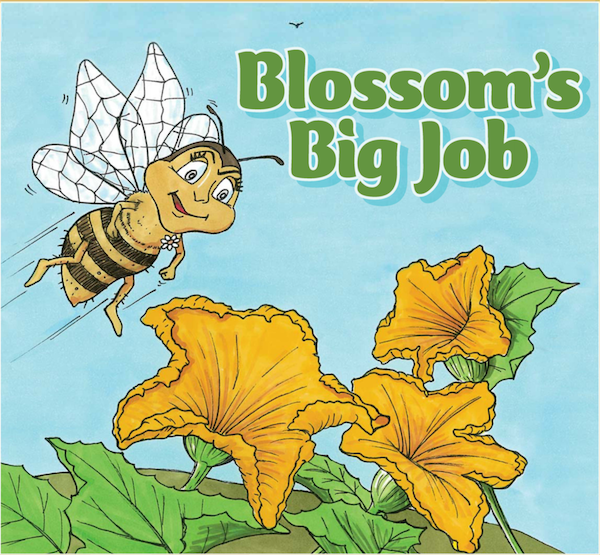
According to a 2013 report from the UN’s Food and Agriculture Organization (FAO), worldwide we’re wasting more than 30% of our food. That’s like going to the grocery store, picking up 4 bags of groceries and dropping an entire bag in the dumpster. In Canada alone, the cost of wasted food each year is 31 billion dollars
Where is this food being discarded from?
It’s not only from out plates! Food waste happens at every step along the food chain, from processing, transport, in supermarkets and in kitchens. Some fruits and vegetables don’t even make it to store shelves, because they are not pretty enough for picky customers. (That’s why we LOVE the Loblaws Naturally Imperfect vegetables).
When we waste, we aren’t just wasting food! All the resources that went into growing, processing, and shipping the food gets tossed too. This results in a massive loss of water, energy, money and time. If we consider these losses, the cost of food waste in Canada jumps to 100 billion dollars annually. Not only that: besides being a massive loss of resources, unused food that ends up in landfills is one of the main sources of greenhouse gases.
But.. WHY are we wasting so much food??
As we mentioned, food losses happen at various points during the food system, such as harvest losses due to mechanization, production practices or decisions, as well as storage losses from insects or spoilage. Food loss also happens when substandard products like bruised fruit are discarded, because of package failure, poor handling or transportation. These losses which occur through the food chain, account for about 53% of the food waste in Canada.
The other 47% of food is wasted at home. Food is often considered a disposable commodity in developed nations, where food waste is generally a product of food surplus. At the same time that we have a food surplus, one in 8 Canadian families struggle to put food on the table and over 800,000 people visit a food bank each month.
How can a country with so much food, have such great hunger?
The answers are complex and food waste is undoubtedly an enormous problem, but there is also great opportunity for change. We can start by educating youth for food literacy and the issue of food waste.
Bring it into the classroom
Food waste is an issue that has can be explored in a range of subjects and lessons, as an issue that has varied environmental, social and economic causes and impacts. In order to shine a light on food waste in your classroom, we’ve compiled some great lessons that you won’t want to throw away:
Food Waste and the Environment lesson plan, from Healthy Planet USA (Gr. 2-7)
Trash Investigators, from the Institute for Human Education (Gr.4-8)
Mission: Explore Food, from the Guardian
Food Waste Warrior Toolkit, from the World Wildlife Federation
Food Waste Lesson Plan, by Lesson plans digger (includes an emaze powerpoint presentation)

